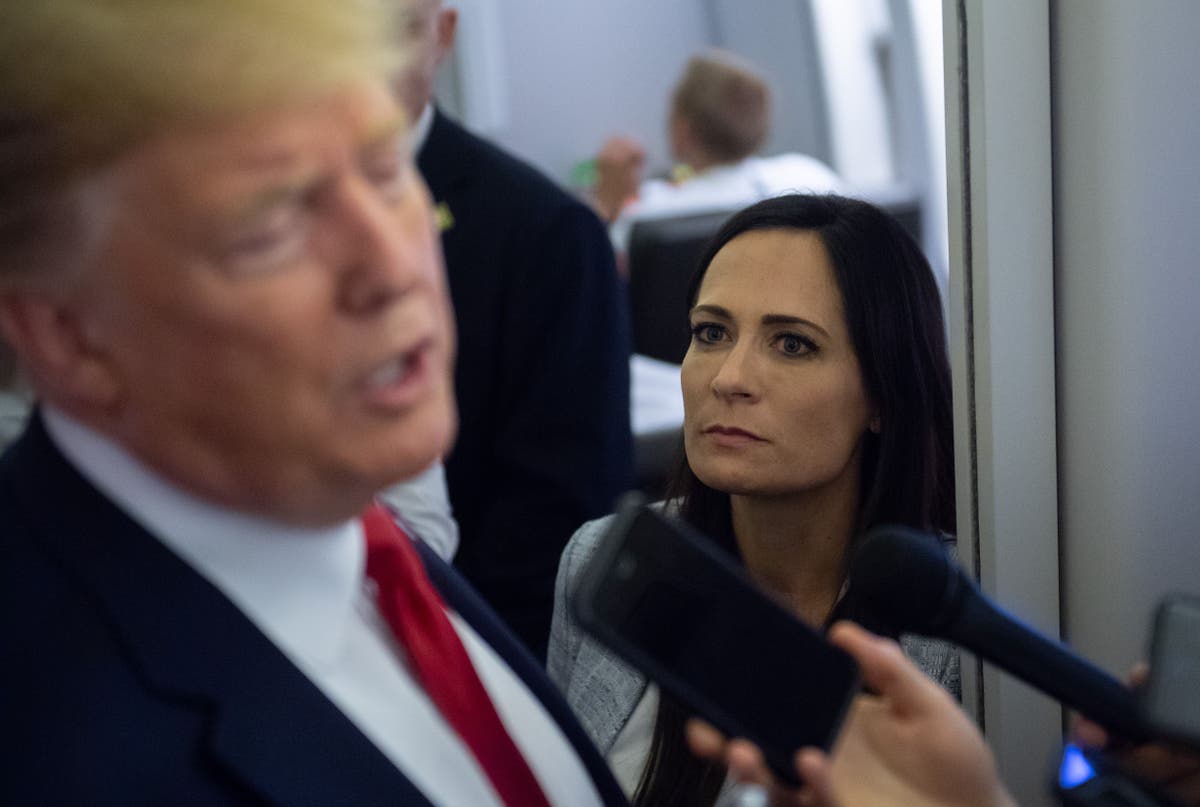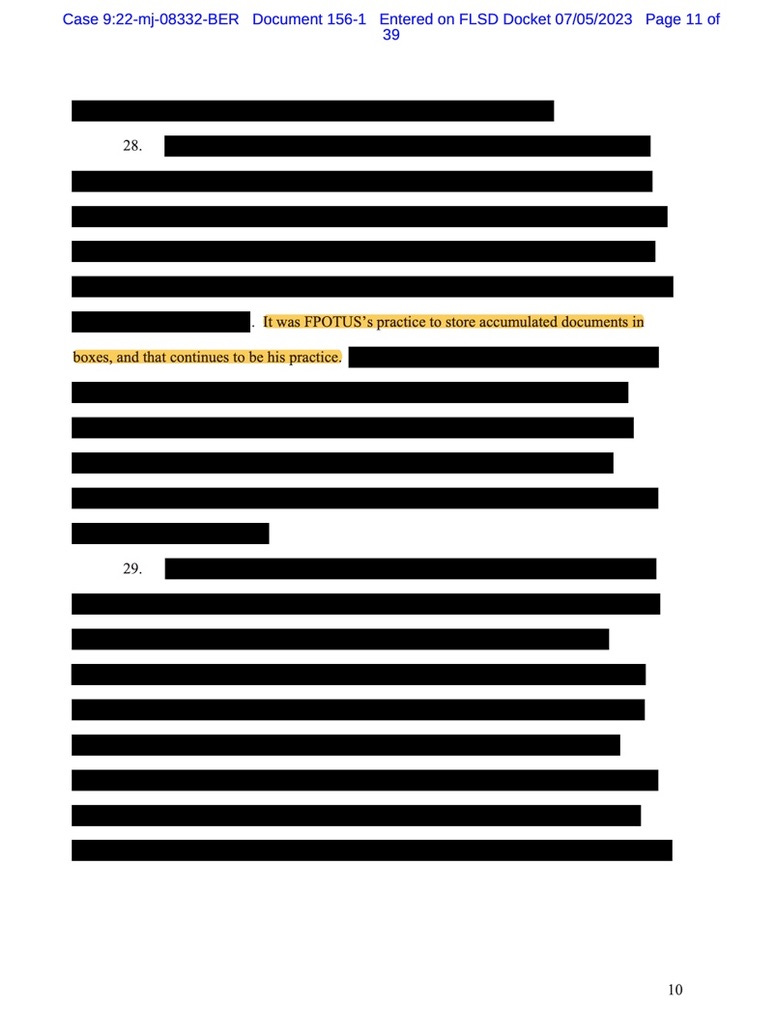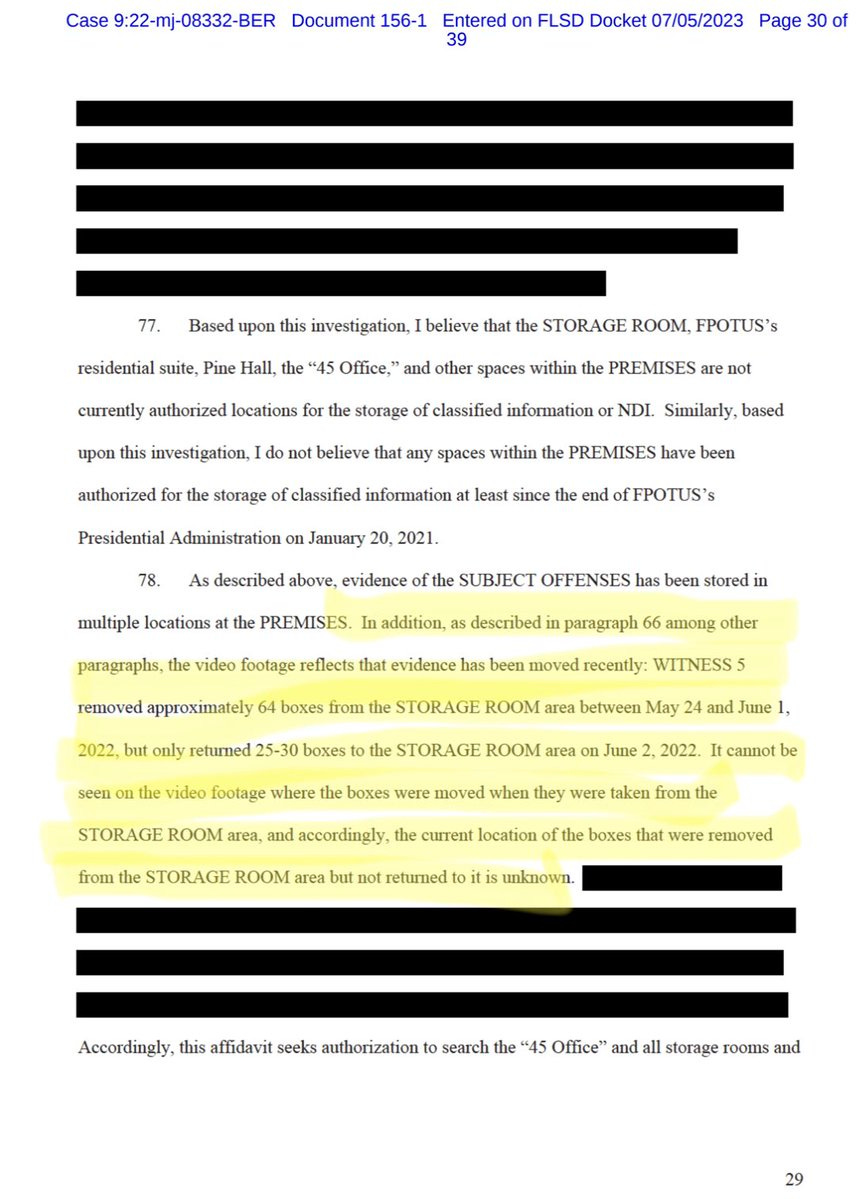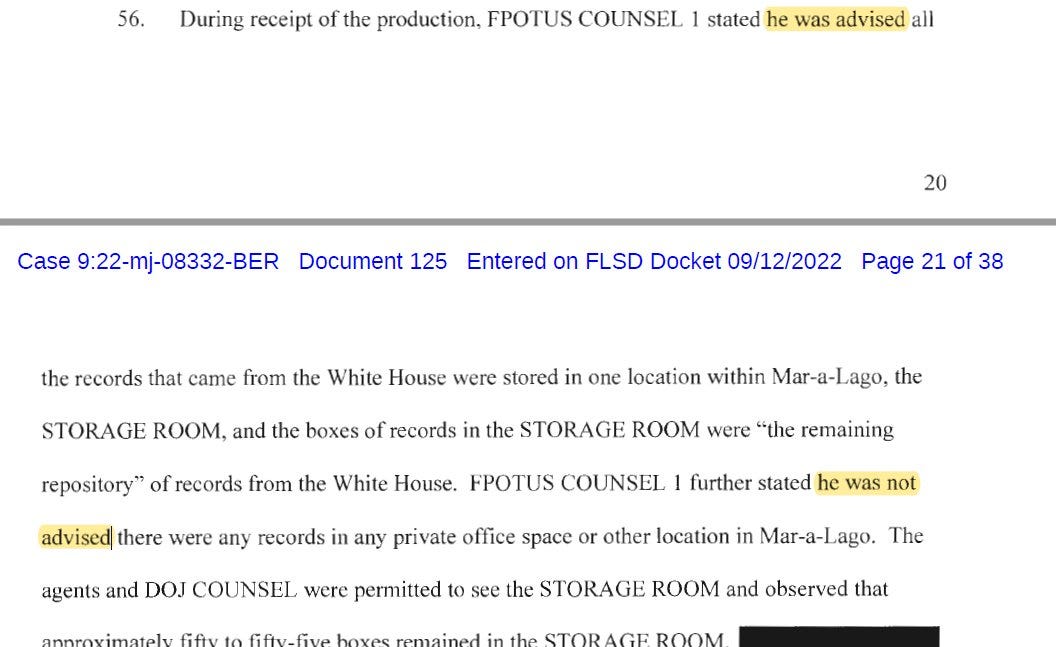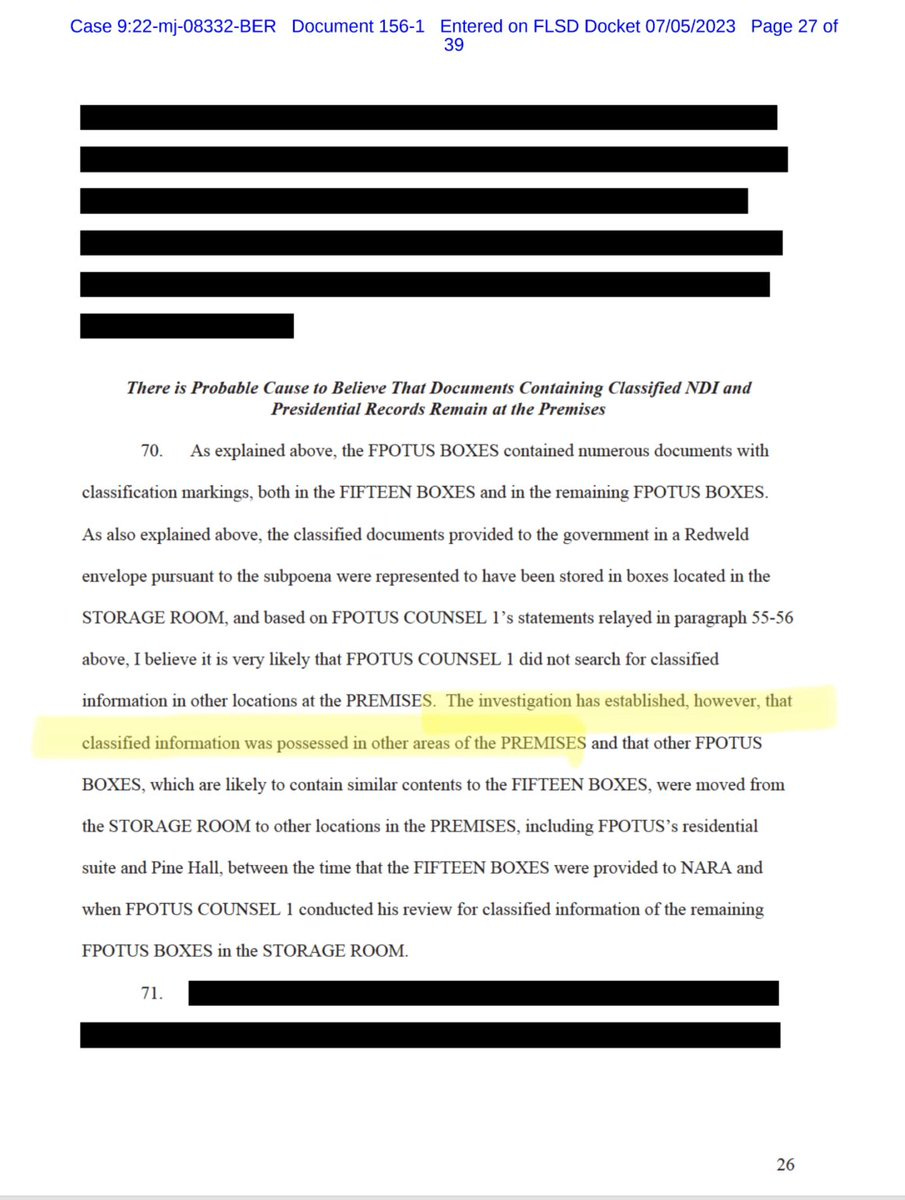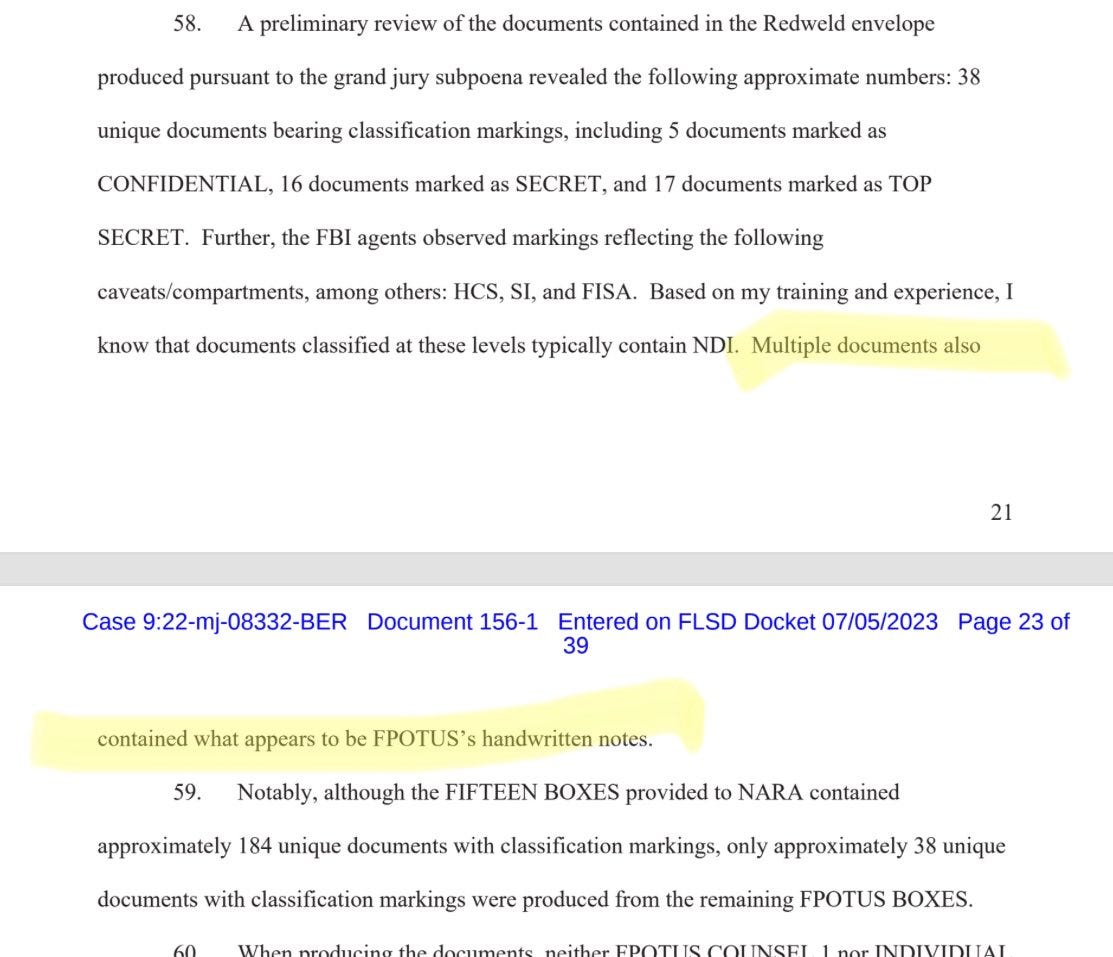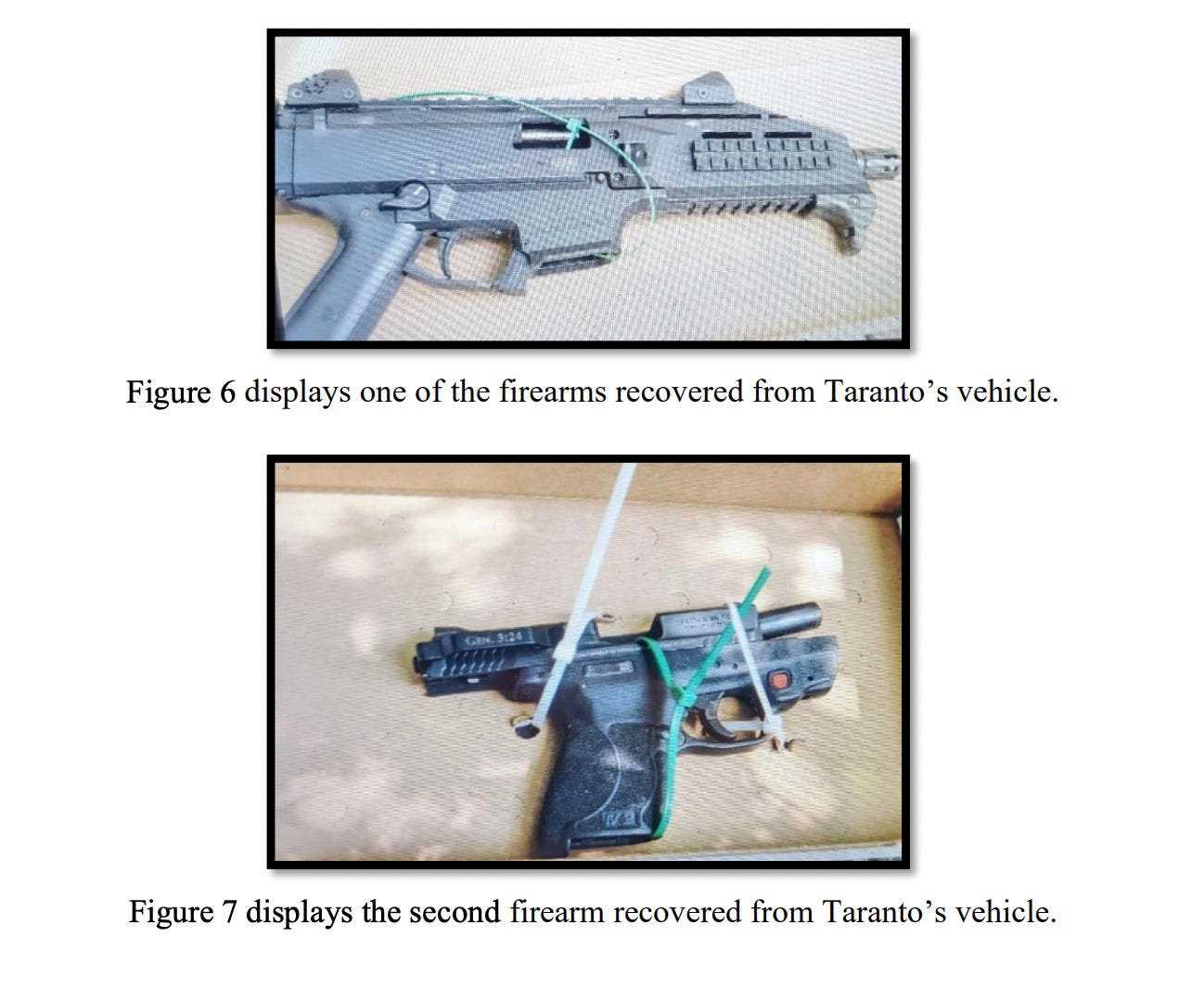Sixties Fan
Diamond Member
- Mar 6, 2017
- 57,322
- 10,918
- 2,140
- Thread starter
- #341
Follow along with the video below to see how to install our site as a web app on your home screen.
Note: This feature may not be available in some browsers.
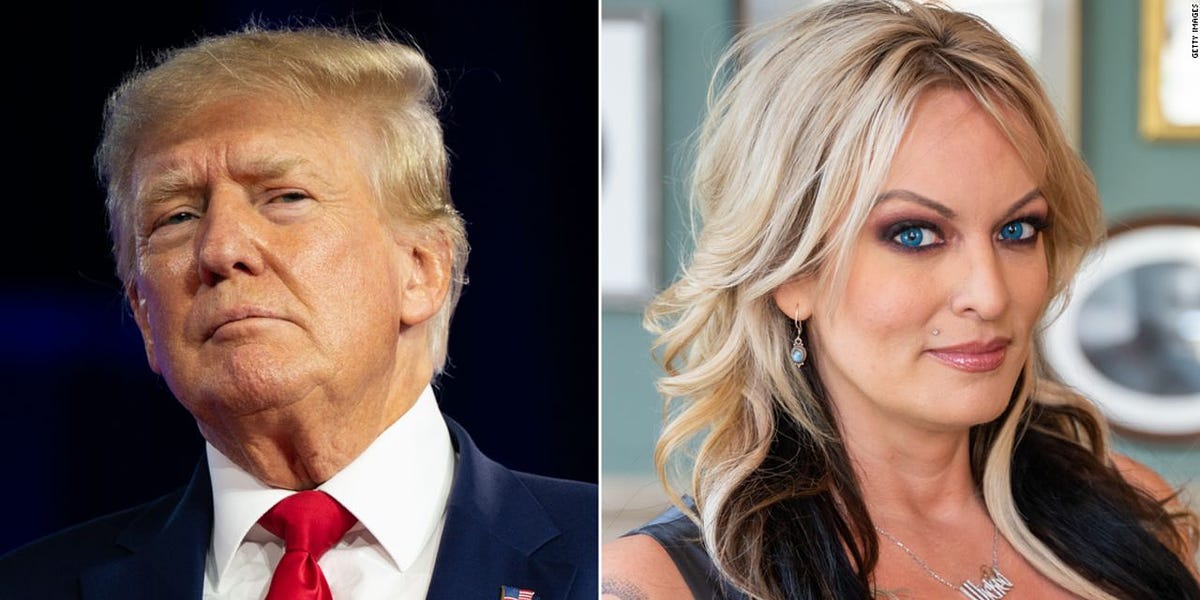
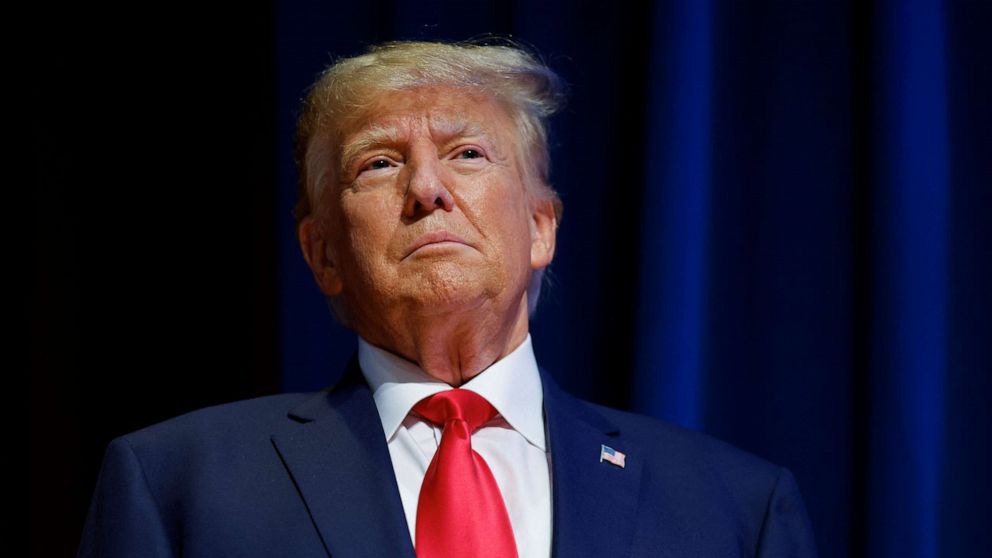
Like the first conversation, Trump once again makes clear that the information he is showing is classified and that he shouldn’t be showing it to anyone. He even recognizes that the PAC representative doesn’t have a security clearance or any justification for seeing the sensitive military information. Even if the first conversation didn’t exist, this alone would be enough to check every box on a federal indictment.In August or September 2021, when he was no longer president, TRUMP met in his office at The Bedminster Club with a representative of his political action committee (the “PAC Representative”). During the meeting, TRUMP commented that an ongoing military operation in Country B was not going well. TRUMP showed the PAC Representative a classified map of Country B and told the PAC Representative that he should not be showing the map to the PAC Representative and to not get too close. The PAC Representative did not have a security clearance or any need-to-know classified information about the military operation.

